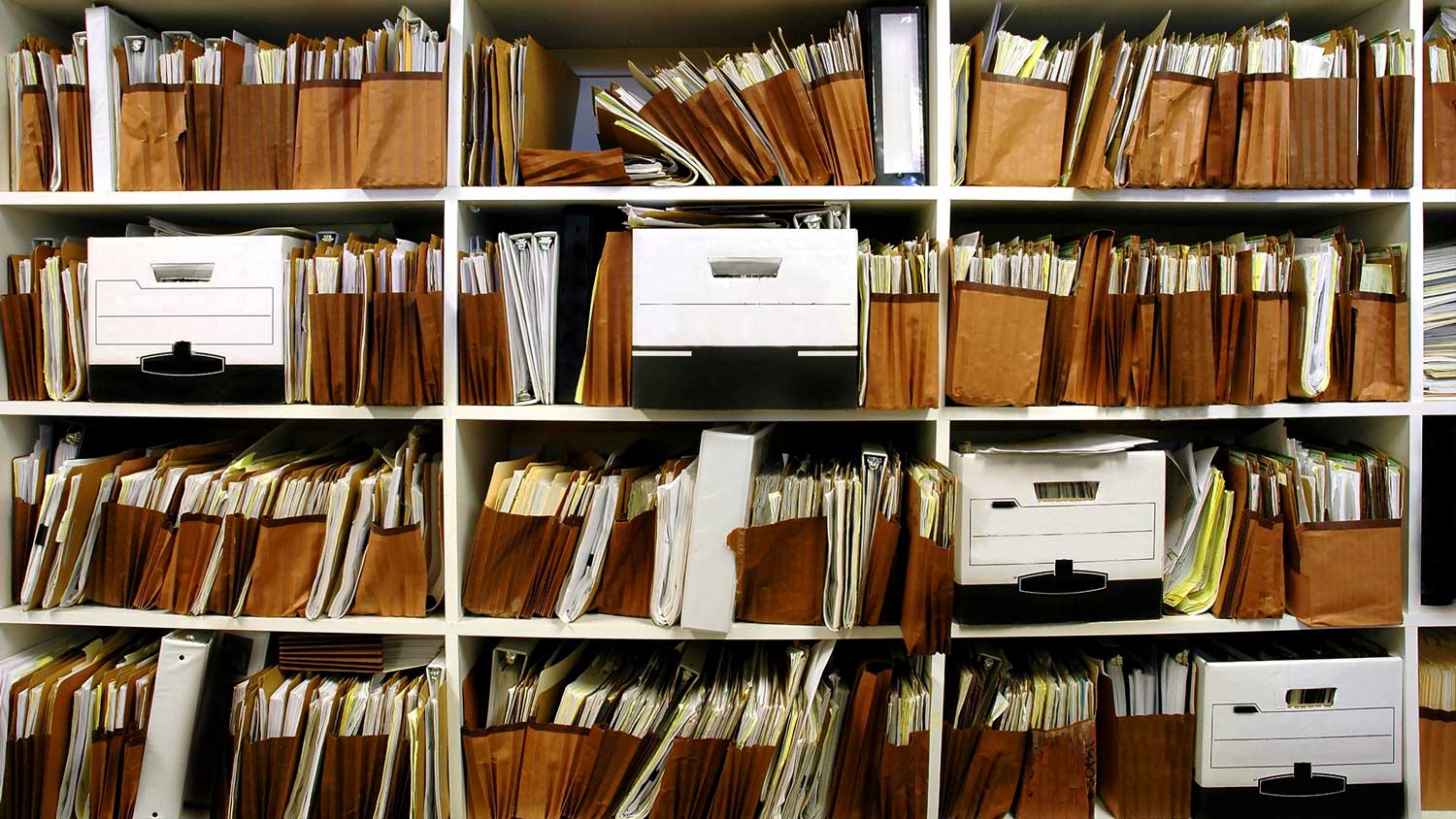Business Resilience: Document Scanning and Continuity Planning
Table of contents
In an unpredictable world, where unforeseen challenges can disrupt business operations, preparedness is key to survival. A critical aspect of preparedness is continuity planning, and at the heart of it lies document scanning. In this article, we will delve into how document scanning plays a pivotal role in disaster preparedness plans, enabling businesses to maintain operations during crises.
The Foundation of Continuity Planning
Understanding Continuity Planning
Continuity planning is a strategic process that involves identifying potential risks, developing mitigation strategies, and ensuring that essential business functions continue without interruption in the face of adversity.
The Role of Documentation
Documentation is the backbone of any organization. It encompasses everything from contracts and financial records to operational manuals and customer data. In times of crisis, quick access to these documents can be a lifeline for businesses.
Document Scanning: The Digital Transformation
Transitioning from Paper to Digital
Document scanning is the process of converting paper documents into digital format. This transformation offers several advantages that are invaluable for continuity planning.
Advantages of Document Scanning
-
Accessibility: Digital documents can be accessed remotely, enabling employees to work from home during crises.
-
Security: Digital documents can be encrypted and backed up, reducing the risk of data loss.
-
Efficiency: Searching for digital documents is faster and more accurate than sifting through paper files.
Disaster Preparedness: The Digital Advantage
Business Continuity in Action
Let's explore how document scanning enhances business continuity planning in various scenarios:
-
Natural Disasters: In the event of a flood or fire, paper documents may be destroyed, but digital copies remain safe and accessible.
-
Pandemics: During health crises like COVID-19, remote work becomes essential. Digital documents ensure that employees can access necessary files from home.
-
Cyberattacks: Cyber threats can compromise data integrity. Digital documents can be protected with robust cybersecurity measures.
Case Studies: Real-World Resilience
Learning from Success Stories
Here are examples of organizations that have benefited from integrating document scanning into their continuity plans:
-
Small Businesses: Local businesses, such as restaurants, utilize scanned digital records to access financial documents for relief applications during the COVID-19 pandemic.
-
Manufacturers: Industrial companies use digital manuals and schematics to troubleshoot equipment remotely, reducing downtime during mechanical failures.
-
Financial Institutions: Banks rely on scanned customer records to provide uninterrupted service, even during cyberattacks.
Take Action: Get a Quote
Are you ready to bolster your business's resilience? Document scanning is the cornerstone of continuity planning in today's digital age.
Ensure your organization's readiness for any crisis. Fill out our "get a quote" form to connect with the best document scanning companies. Secure your business's future with the power of preparedness.
Conclusion
In a world where the unexpected is a constant, businesses must be prepared for any eventuality. Document scanning is not just about going paperless; it's about safeguarding business continuity, ensuring that operations can weather any storm. By embracing the digital transformation of their documents, organizations can become more resilient, adaptable, and ultimately, better equipped to navigate the challenges of an ever-changing world.
Share this
You May Also Like
These Related Stories

Document Scanning in Crisis Management

Xerox Digital Mailroom Services for Architecture and Construction

